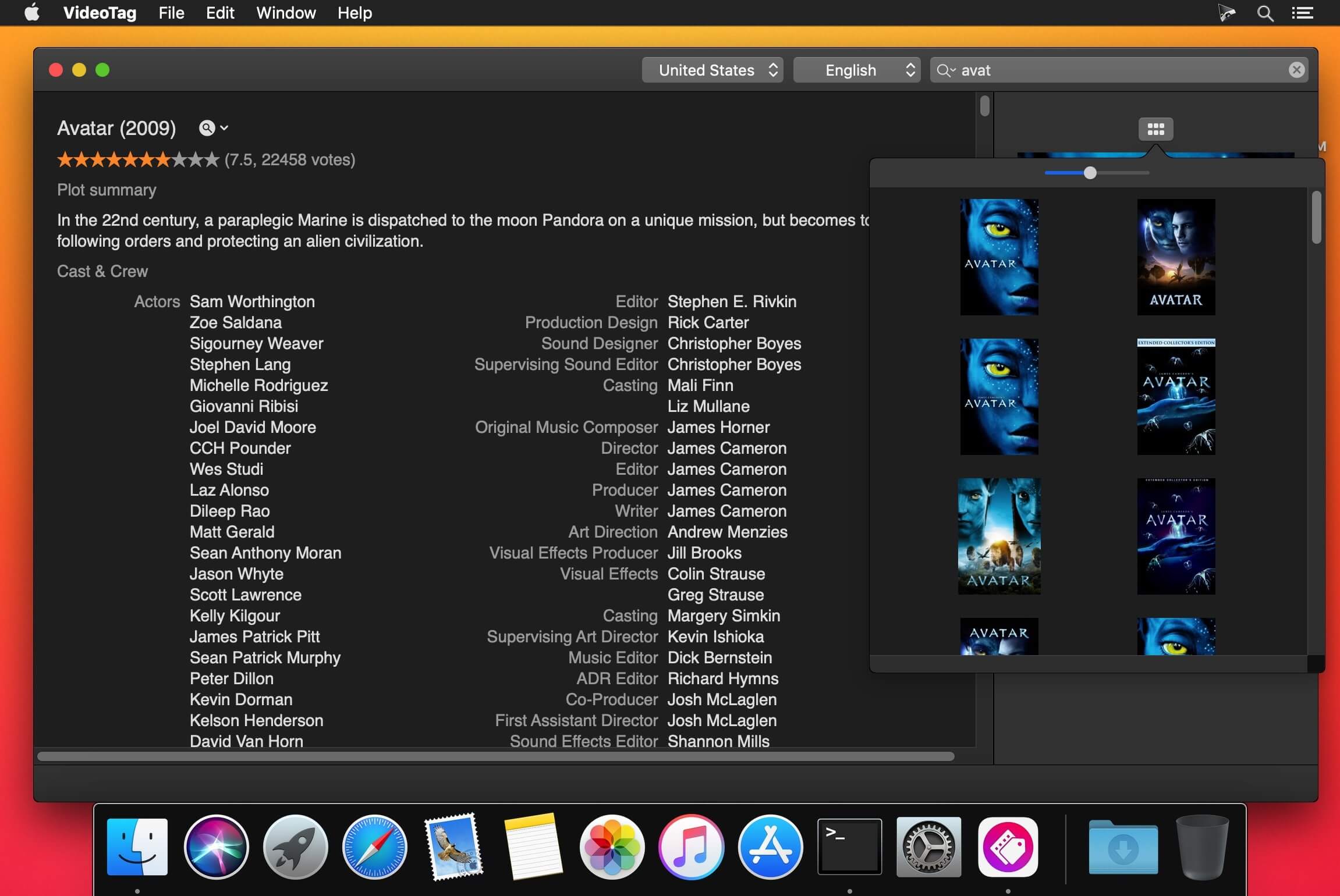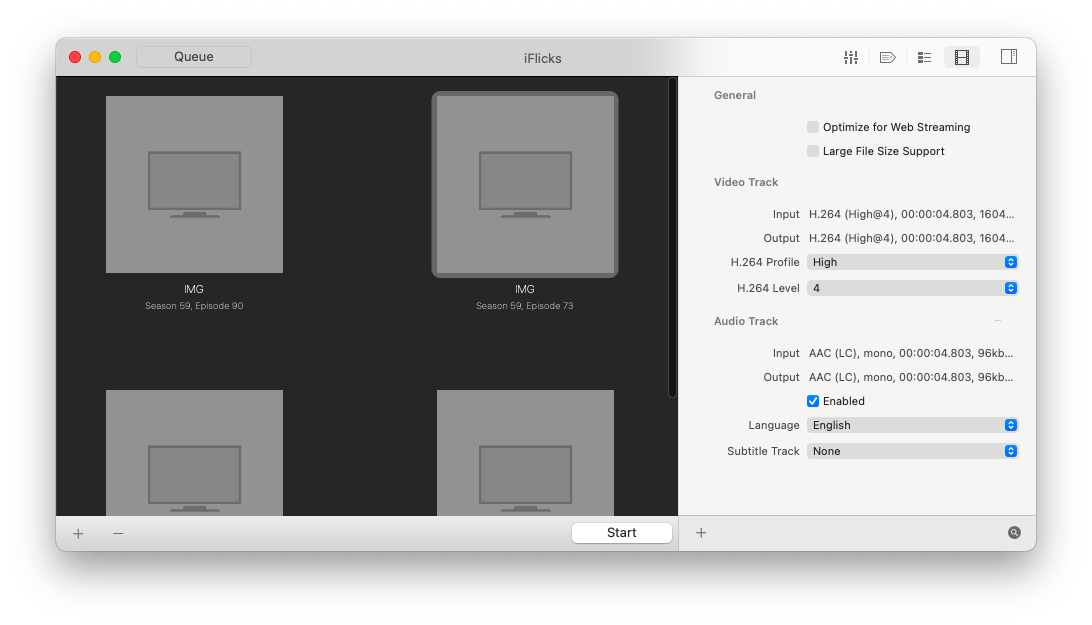

You can also edit the images in the Camera Raw dialogue so that you do not need to start Photoshop in order to use the settings.

You can import data from your video camera and view the files. You can also make many changes to the files by renaming them, moving them, rotating images and editing metadata. You can browse through the files that you need and organize them effectively according to their page layouts, media files type and filters. The files can be easier to locate once you have dragged the assets in for amendment.

With the elongated “Birds” video, there will be three of them, the first being the video and the other two the audio tracks.įirst, let's take a look at the video track (just select it on the left) in both the unoptimized and the optimized case.Adobe Bridge is part of the Adobe Creative Cloud which allows you to make non Adobe files accessible so that you can drag in the assets that you require in to different layouts, projects and you can also add metadata. Now, in the let pane, switch from “ Box Structure” to “ Track & Samples”.
#IFLICKS METADATA MOVIE#
When it shows its interface, select File > Open and load your movie file.
#IFLICKS METADATA INSTALL#
Under OS X, just click it under Windows, you may need to install Java first. This method works under all operating systems – under Windows (and, as you can see, even OS X!) with Total Commander (and with tons of other file viewer apps) etc.įirst, get the latest “ISO Viewer XX executable jar” (where XX is currently 2.0-RC-15) from. I show you two ways of doing it.įirst, an easier, faster but more error-prone way: a simple file viewer like Total Commander (which, should you use OS X, runs just fine under CrossOver and in no way need a full-fledged Windows environment like Parallels to run – this is why I present Mac-like file viewer screenshots below).įirst, an optimized file (I've also made it available HERE) put the " MooV" atom at the beginning of the file pay attention to my red rectangle annotation: It's very-very easy to find out whether a particular video file is optimized. ( Subler, of course, does it – see yesterday's article on using this feature.) If the tool you use allows it at all – for example, iFlicks or MP4Tools don't allow for separate optimizations, “only” during at the end of a full, (compared to a quick, manual checking) time-consuming remuxing. That way, you can save you a lot of time by avoiding re-optimizing it. In the current one, I explain how you can find out whether a video is indeed optimized or not. In yesterday's article, along with a lot of benchmark data, I've explained the advantages of optimizing your iOS- and Apple TV-native (that is, MP4, MOV or M4V) video files, should you want to stream it or watch it from a, head seek-wise, inherently slow(ish) medium like an optical disc or a traditional hard disk. Sorry for the length: when writing tutorials, I tend to be as clear as possible):Īpple TV users and Streaming Video Providers attention: deciding if a video file is optimized Here's a full tutorial on it (I copy it here in its entirety as I don't want to promote my blog by just giving you a link to the original.
#IFLICKS METADATA MP4#
IFlicks does optimize automatically its remuxed output while remuxing (and this can't be disabled, even if you absolutely don't need to waste time on this) - I think this might be the case when adding metadata.īTW, it's very easy to quickly test whether an MP4 (mov / m4v) file is optimized.


 0 kommentar(er)
0 kommentar(er)
